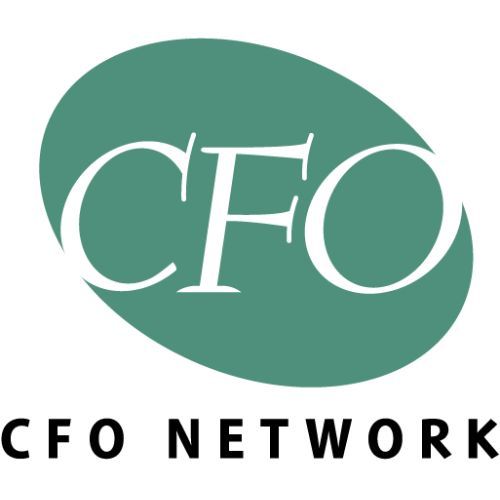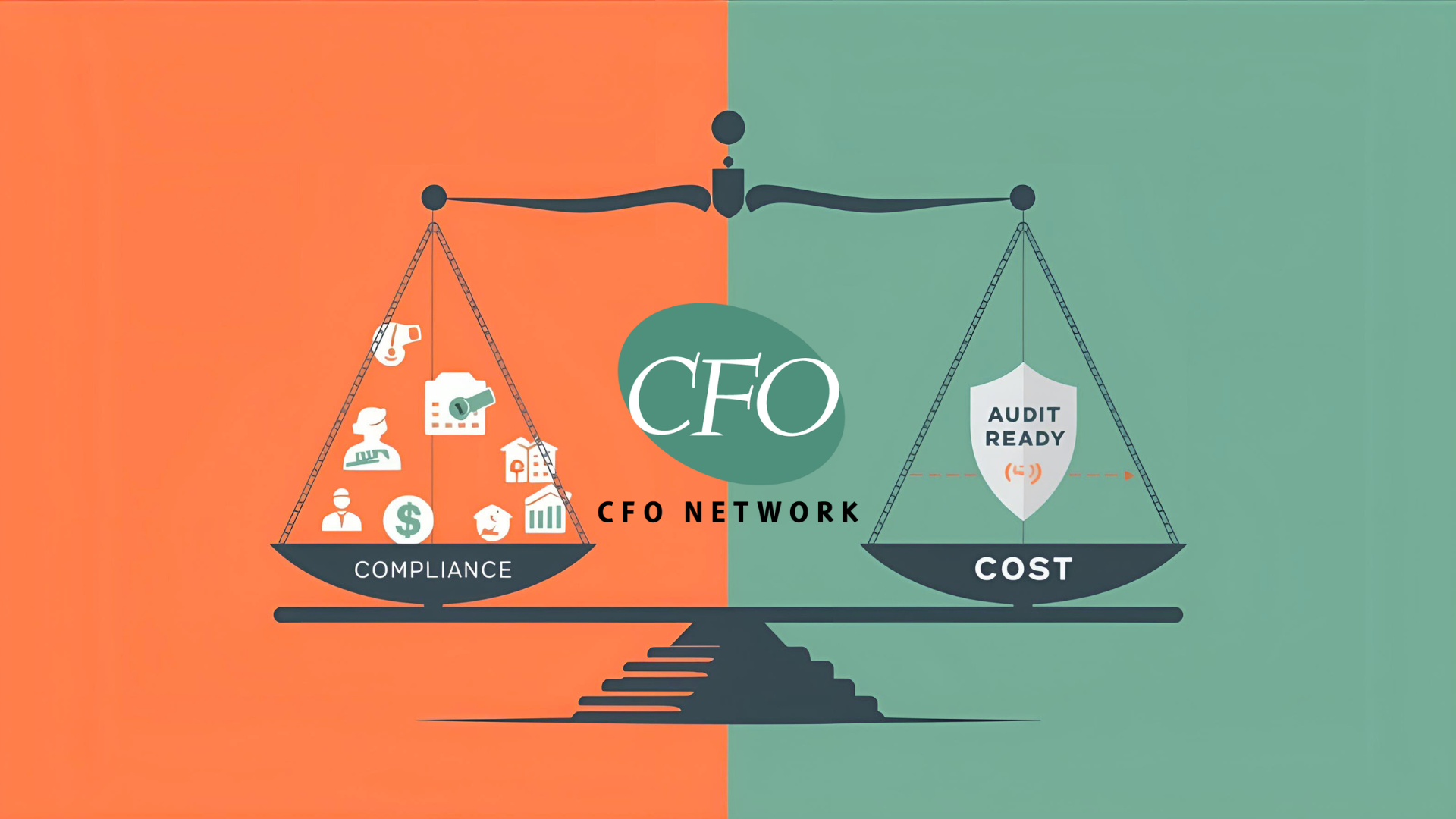Budgeting vs. Forecasting - The Hidden Driver of Growth No One Talks About
Most business owners think a budget is enough. It isn’t.

Budgeting: Discipline Without Direction
Think of budgeting as guardrails.
It’s your financial roadmap:
- “Here’s how much we plan to bring in.”
- “Here’s how much we plan to spend.”
Budgets prevent overspending. They give teams a clear picture of available resources. They’re essential for control.
But here’s the problem: budgets are rigid. They don’t adjust when sales spike or costs explode. They’re backward-looking, not forward-driving.
👉 See Your Numbers Differently—Schedule Now
Forecasting: Agility That Fuels Growth
Forecasting is different. It’s flexible. It adapts.
When sales outperform in Q1, forecasting recalibrates the year’s growth outlook. When expenses creep up, forecasting flashes warning signals early.
Forecasting isn’t about control—it’s about insight. It’s the tool that lets you decide:
- Should we hire now or wait?
- Do we double down on marketing—or cut it back?
- Can we scale with confidence—or are we at risk of a cash crunch?
That’s why forecasting is the growth driver. It’s forward-looking, based on real numbers, market shifts, and customer behavior.
Why the Most Successful Companies Use Both
Discipline without agility is dangerous. Agility without discipline is chaos.
The best-run companies use both:
- Budgeting for structure.
- Forecasting for growth decisions.
Together, they give business owners clarity, control, and the confidence to move fast when opportunity knocks.
Proof: What Happens When Forecasting Meets Discipline
At CFO Network, we’ve seen firsthand how forecasting transforms companies.
One client came to us drowning in inconsistent cash flow and messy reporting. Budgets kept them from total chaos—but didn’t create growth.
Once forecasting was in place, they stabilized operations, spotted trends in customer behavior, and made smarter, faster decisions. The result: predictable growth and financial breathing room.
How CFO Network Helps
At CFO Network, we work with business owners every day to build smart budgets and create forecasts that lead to growth. Many of our clients are surprised at how powerful forecasting can be once they see it in action.
When you combine discipline with insight, your business is prepared for both challenges and opportunities. That is the real path to growth
👉 See Your Numbers Differently—Schedule Now
FAQ's
What’s the difference between budgeting and forecasting?
Budgeting sets a financial plan for the year. Forecasting adjusts predictions based on real-time data.
Can my business grow with only a budget?
No. A budget keeps you disciplined. Growth requires forecasting.
How often should I update my forecast?
Most successful companies review forecasts monthly or quarterly.
Why is forecasting important for growth?
Because it’s forward-looking. It spots risks and opportunities before they hit you.
Do I still need a budget if I forecast?
Yes. Budgeting gives structure. Forecasting provides flexibility. You need both.
Last Word
Don’t run your business on last year’s map.
Forecasting is what drives growth.
Lock in your free consultation today.



